Code
HCS33350
Weight
2.02 Kg / 4.45 lbs
Size
Height
55cm (22") Width
53cm (21") Depth
4cm (2") Material
Wood and Resin
Availability
Available

Safe Payment
We accept Paypal, Money Transfer, Bank Transfer
Confidence
Protection covers your purchase and personal data.
Worldwide Delivery
We ship Worldwide, except Russia.Shipping cost US$25.2 for upto 0.5 kgs

Hotline
Talk to help line for your question on 9841267335Double Dorje : About Double Dorje
The double vajra or crossed vajra is formed from four lotus-mounted vajra heads that emanate from a central hub towards the four cardinal directions and symbolizes the principle of absolute stability. In the cosmographic description of Mount Meru a vast crossed vajra supports and underlies the entire physical universe. Similarly in the representation of the mandala, a vast crossed vajra serves as the immoveable support or foundation of the mandala palace and here the central hub of the vajra is considered to be dark blue in color with the four heads colored to represent the four directions-white (East), yellow (South), red (West) and green (North). These also correspond to the five elements and the buddhas of the five families with blue Akshobhya in the center. Read More . . .
The double vajra or crossed vajra is formed from four lotus-mounted vajra heads that emanate from a central hub towards the four cardinal directions and symbolizes the principle of absolute stability. In the cosmographic description of Mount Meru a vast crossed vajra supports and underlies the entire physical universe. Similarly in the representation of the mandala, a vast crossed vajra serves as the immoveable support or foundation of the mandala palace and here the central hub of the vajra is considered to be dark blue in color with the four heads colored to represent the four directions-white (East), yellow (South), red (West) and green (North). These also correspond to the five elements and the buddhas of the five families with blue Akshobhya in the center. Read More . . .
About Color Finishing
The Wooden Wall Hanging, With Double Dorje And Ashtamangal, [painted], Hand Carved is adorned with traditional colors, creating a captivating aesthetic through a combination of gold and various hues. This painting technique follows a time-honored process that aims to faithfully represent the Wooden Wall Hanging, With Double Dorje And Ashtamangal, [painted], Hand Carved in accordance with traditional color descriptions. In the context of Buddhist statues, this approach holds great significance. Each statue has its own primary color, and it is crucial to depict the statue in its authentic shade. Read More . . .
The Wooden Wall Hanging, With Double Dorje And Ashtamangal, [painted], Hand Carved is adorned with traditional colors, creating a captivating aesthetic through a combination of gold and various hues. This painting technique follows a time-honored process that aims to faithfully represent the Wooden Wall Hanging, With Double Dorje And Ashtamangal, [painted], Hand Carved in accordance with traditional color descriptions. In the context of Buddhist statues, this approach holds great significance. Each statue has its own primary color, and it is crucial to depict the statue in its authentic shade. Read More . . .
Brief Introduction :
The Ashtamangala is a sacred suite of Eight Auspicious Signs endemic to a number of religions such as Hinduism, Jainism, and Buddhism. The symbols or "symbolic attributes" are yidam and teaching tools. Not only do these attributes point to qualities of enlightened mindstream, but they are the investiture that ornaments these enlightened "qualities". Many cultural enumerations and variations of the Ashtamangala are extant.


![Wooden Wall Hanging, With Double Dorje And Ashtamangal, [painted], Hand Carved](https://handicraftseller.com/uploads/pics/product/thumb/2024/07/33350.jpg)
![Wooden Wall Hanging, With Double Dorje And Ashtamangal, [painted], Hand Carved](https://handicraftseller.com/uploads/pics/product/thumb/2024/07/33350_0.jpg)
![Wooden Wall Hanging, With Double Dorje And Ashtamangal, [painted], Hand Carved](https://handicraftseller.com/uploads/pics/product/thumb/2024/07/33350_1.jpg)
![Wooden Wall Hanging, With Double Dorje And Ashtamangal, [painted], Hand Carved](https://handicraftseller.com/uploads/pics/product/thumb/2024/07/33350_2.jpg)
![Wooden Wall Hanging, With Double Dorje And Ashtamangal, [painted], Hand Carved](https://handicraftseller.com/uploads/pics/product/thumb/2024/07/33350_3.jpg)
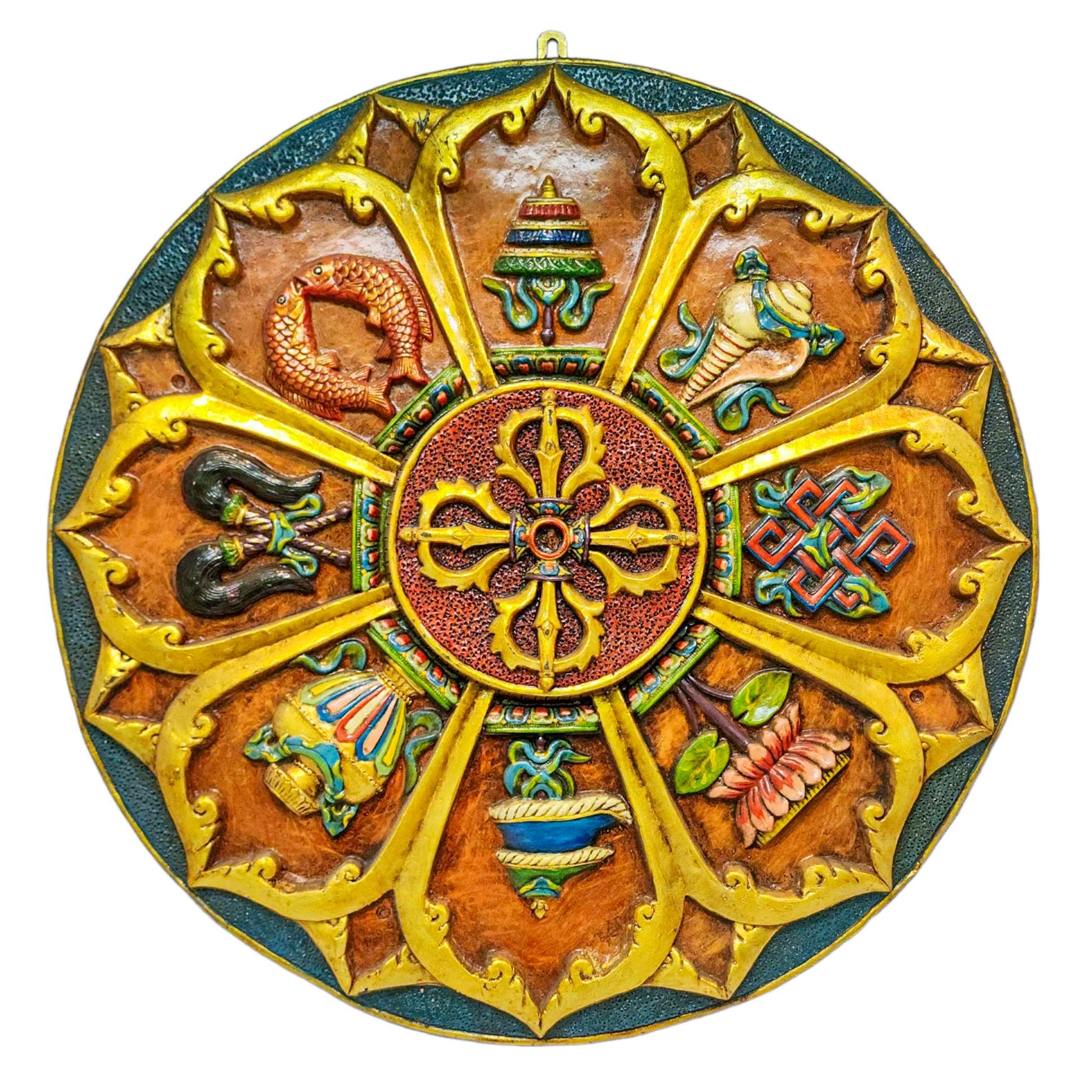
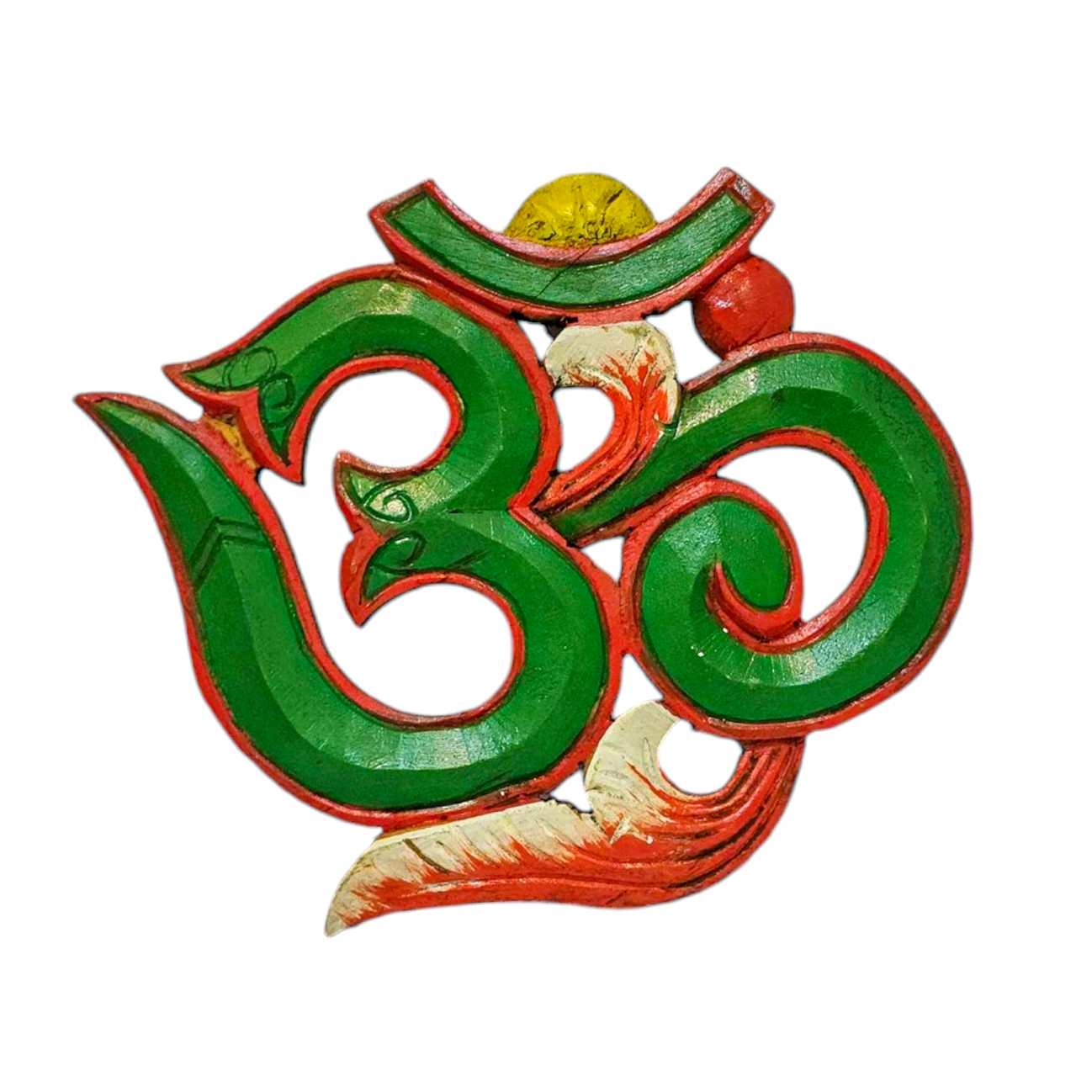 Green, Haldu Wood" title="Wooden Om -painted
Green, Haldu Wood" title="Wooden Om -painted 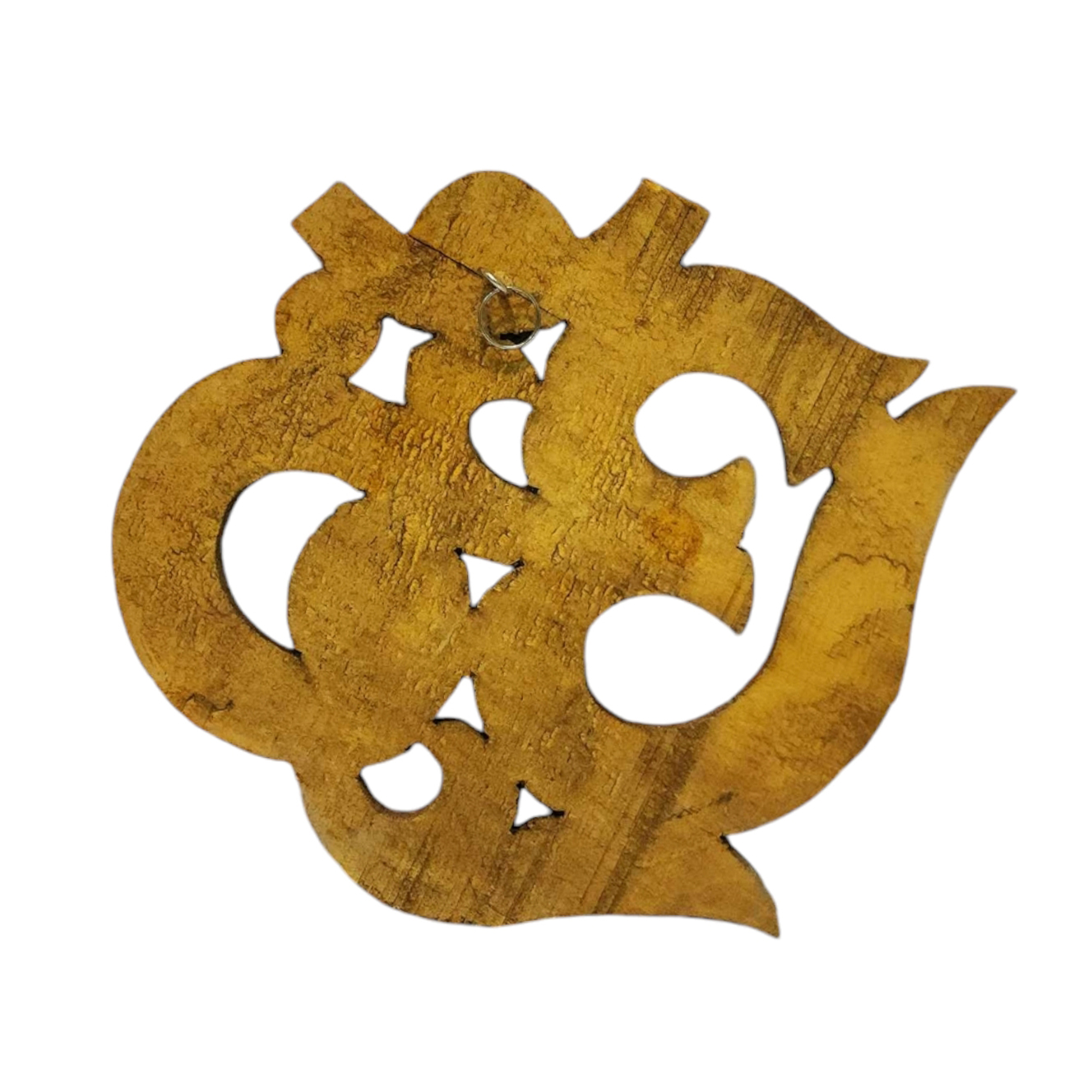 Green, Haldu Wood" title="Wooden Om -painted
Green, Haldu Wood" title="Wooden Om -painted 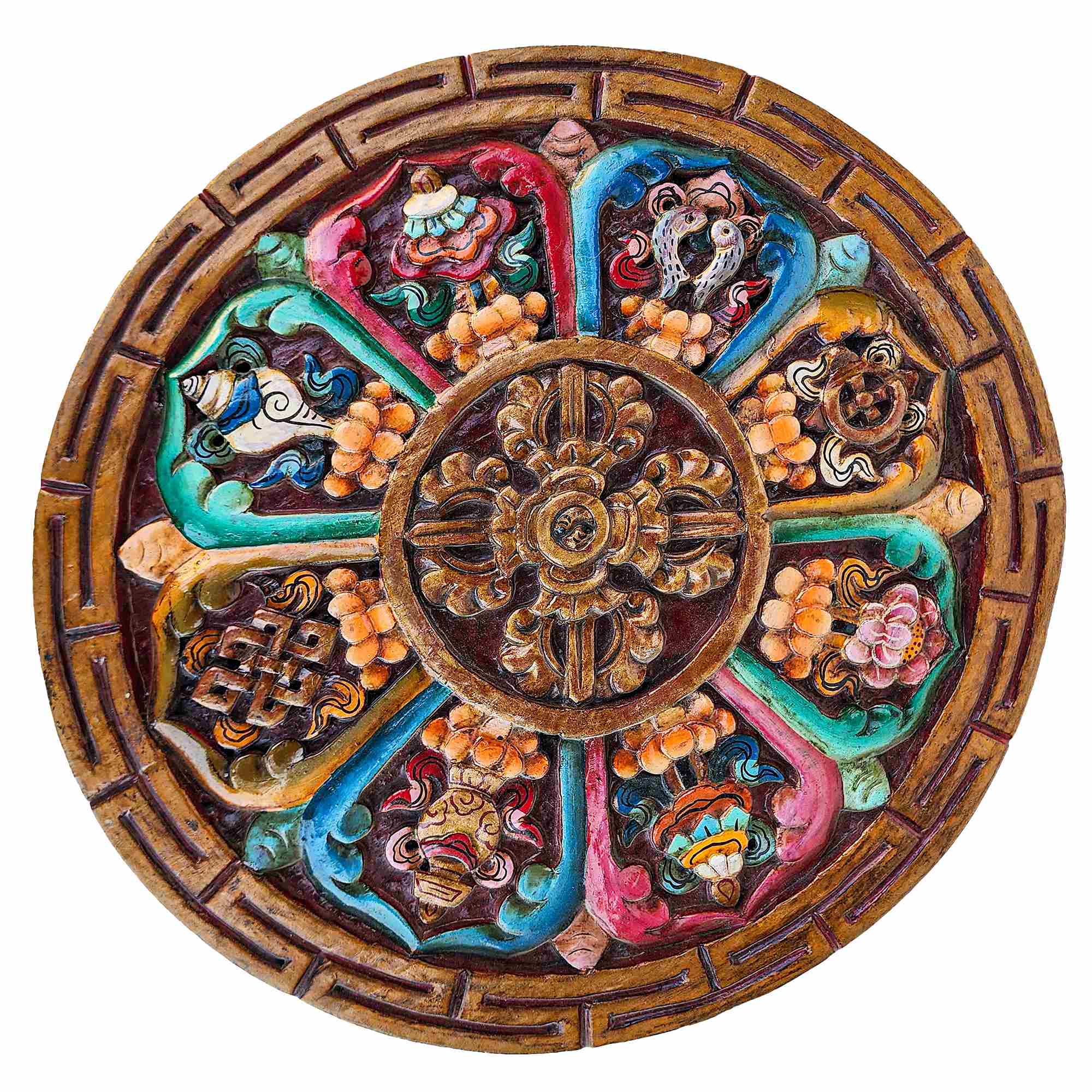 Traditional Tibetan, Ritual Wall Hanging
Traditional Tibetan, Ritual Wall Hanging  Traditional Tibetan, Ritual Wall Hanging
Traditional Tibetan, Ritual Wall Hanging 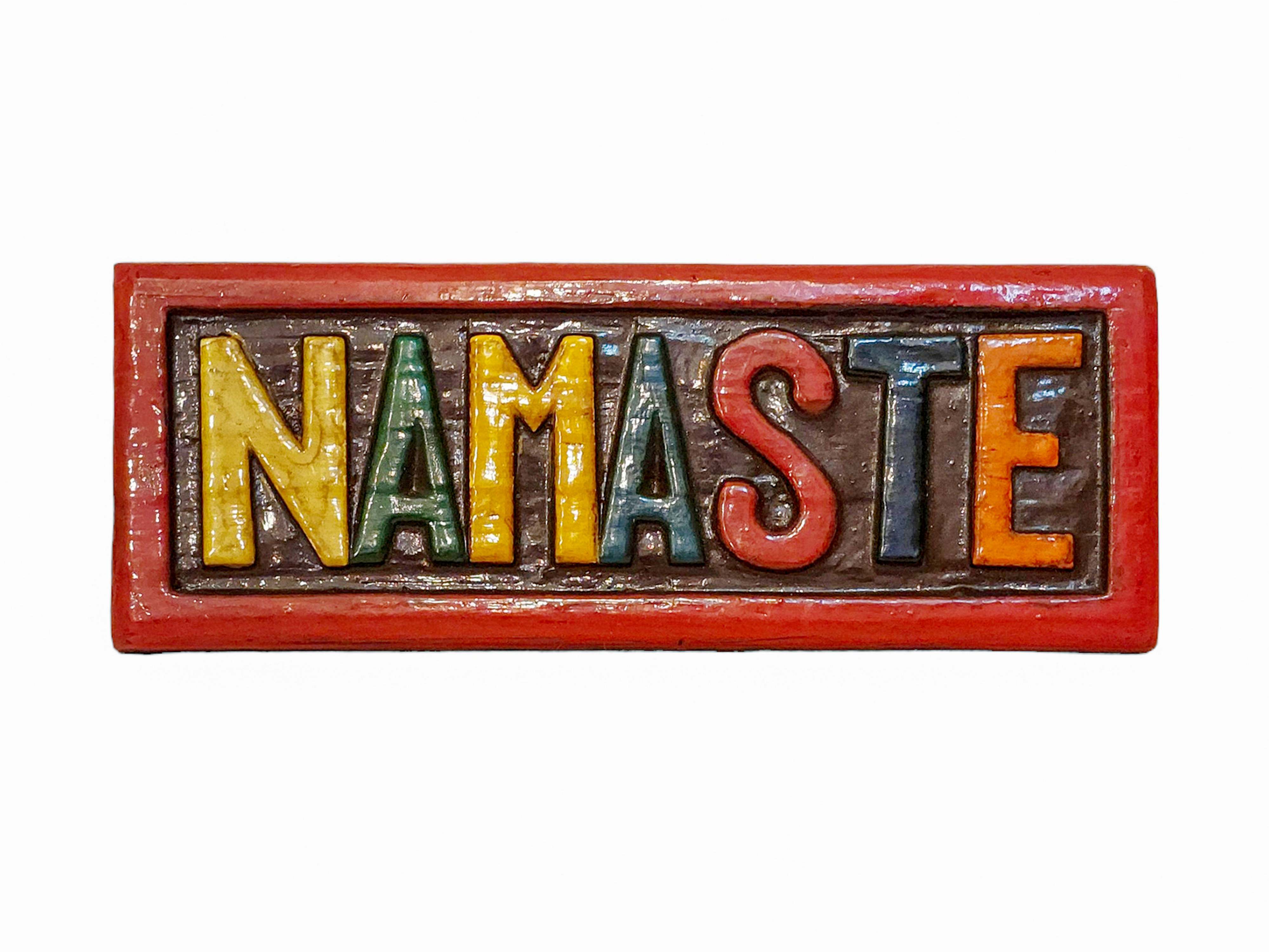 Namaste, Handmade Wall Hanging,
Namaste, Handmade Wall Hanging, 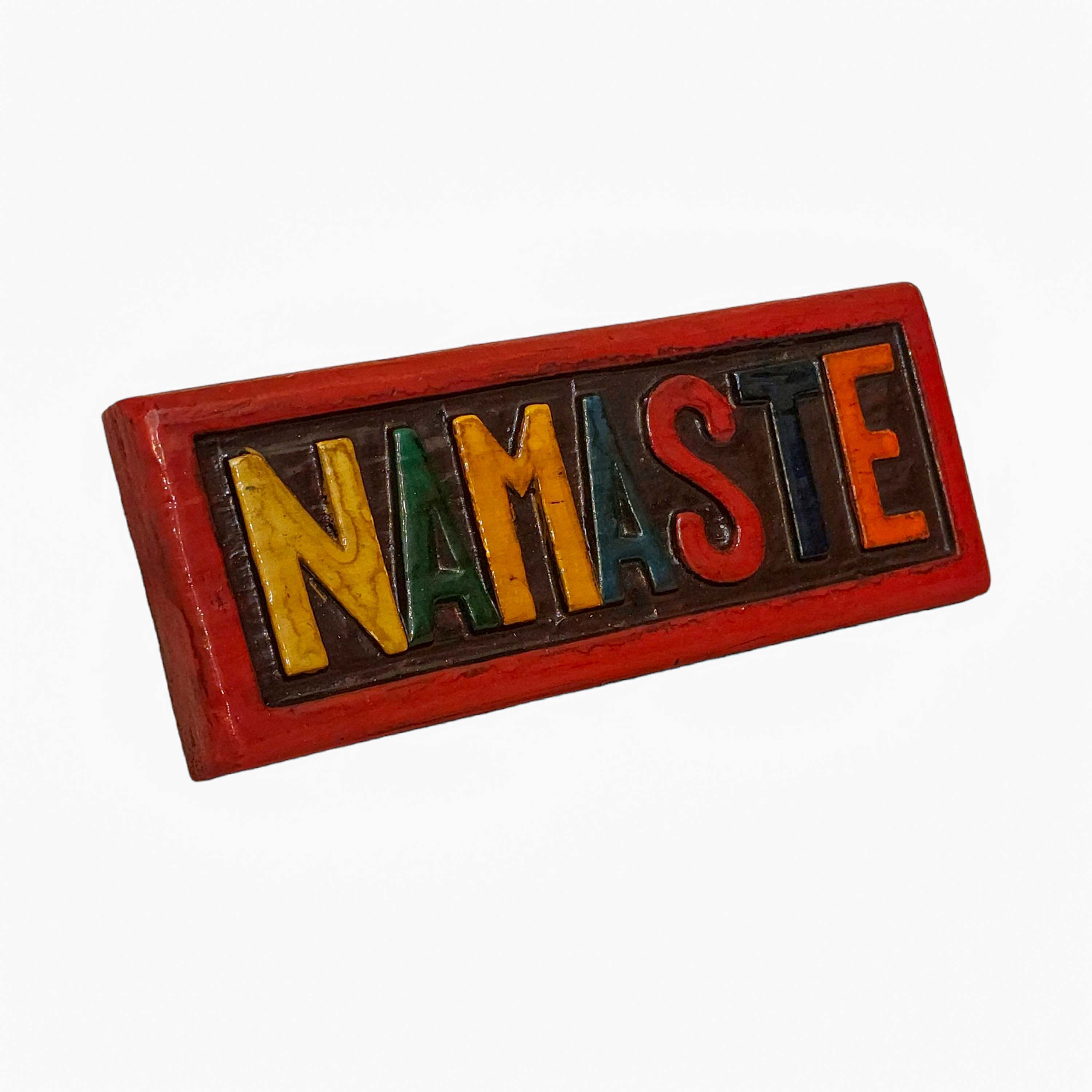 Namaste, Handmade Wall Hanging,
Namaste, Handmade Wall Hanging, 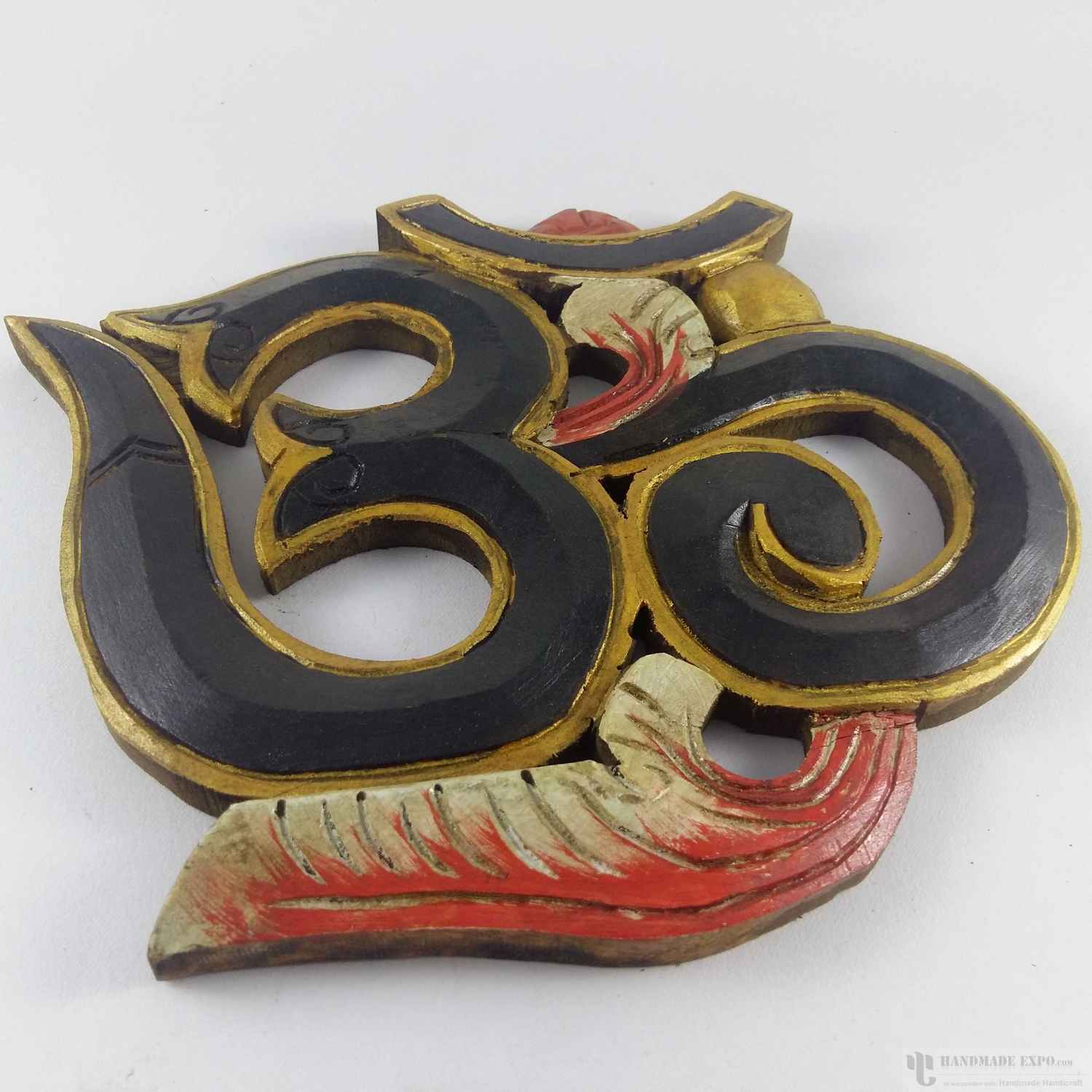 Medium Om - Painted
Medium Om - Painted 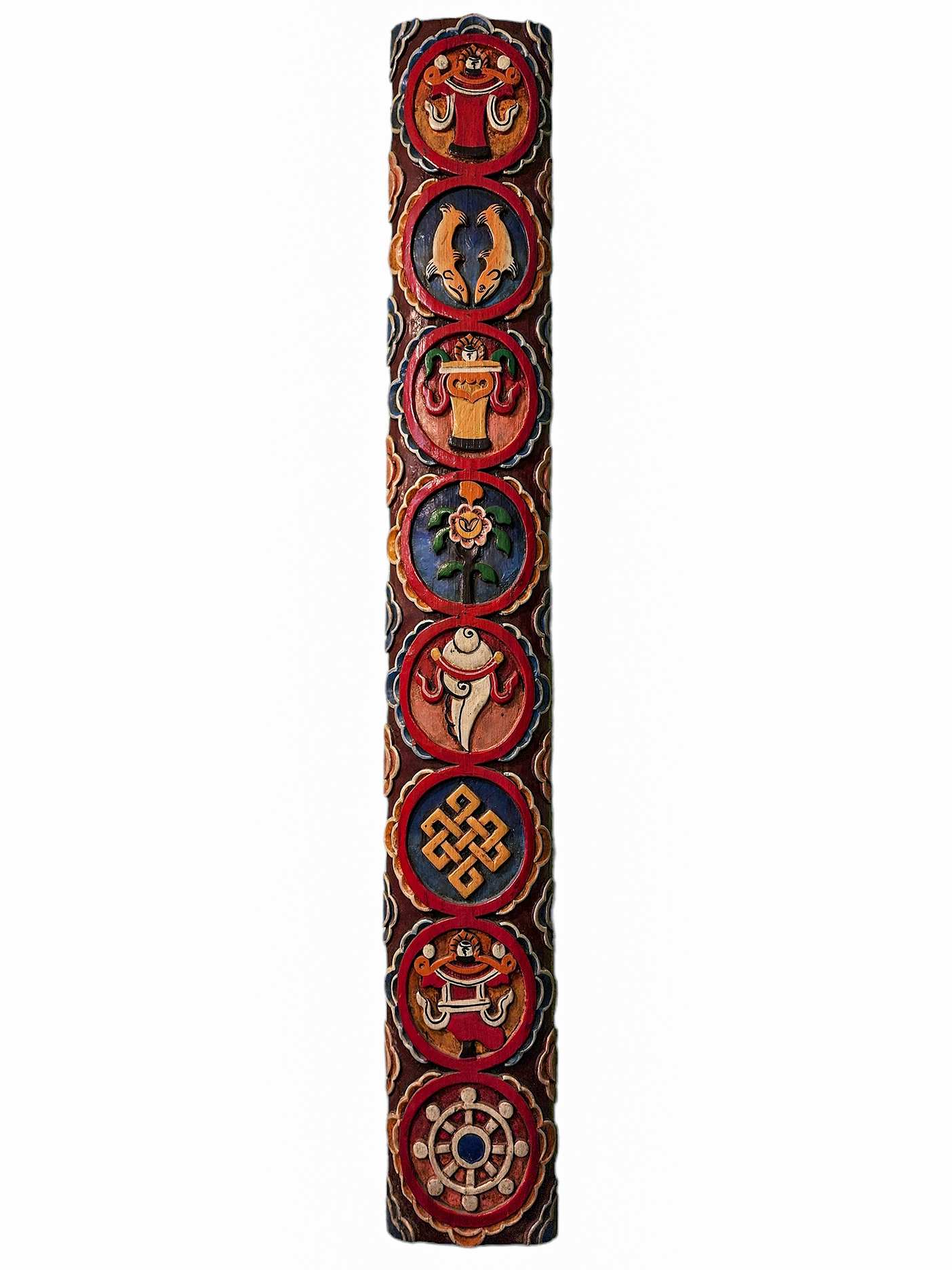 Ashtamangala Carved, Handmade Wall Hanging,
Ashtamangala Carved, Handmade Wall Hanging, 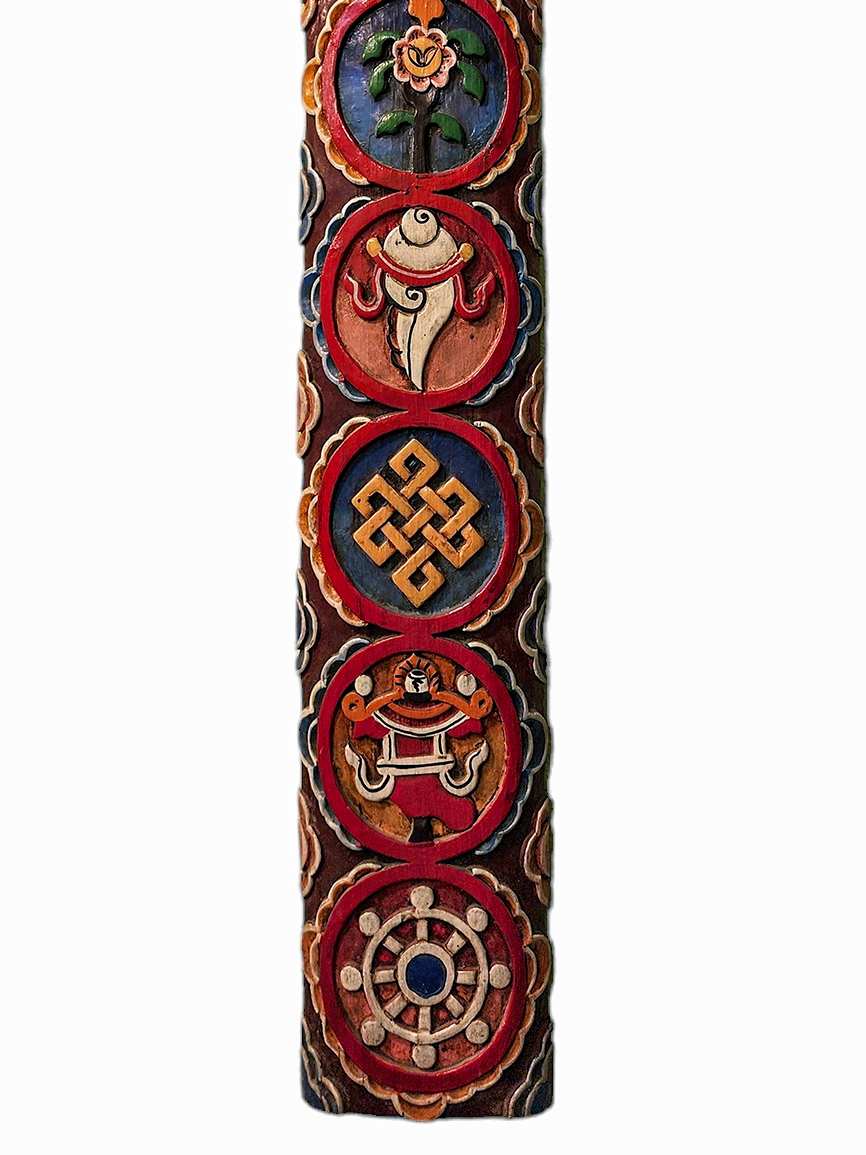 Ashtamangala Carved, Handmade Wall Hanging,
Ashtamangala Carved, Handmade Wall Hanging, 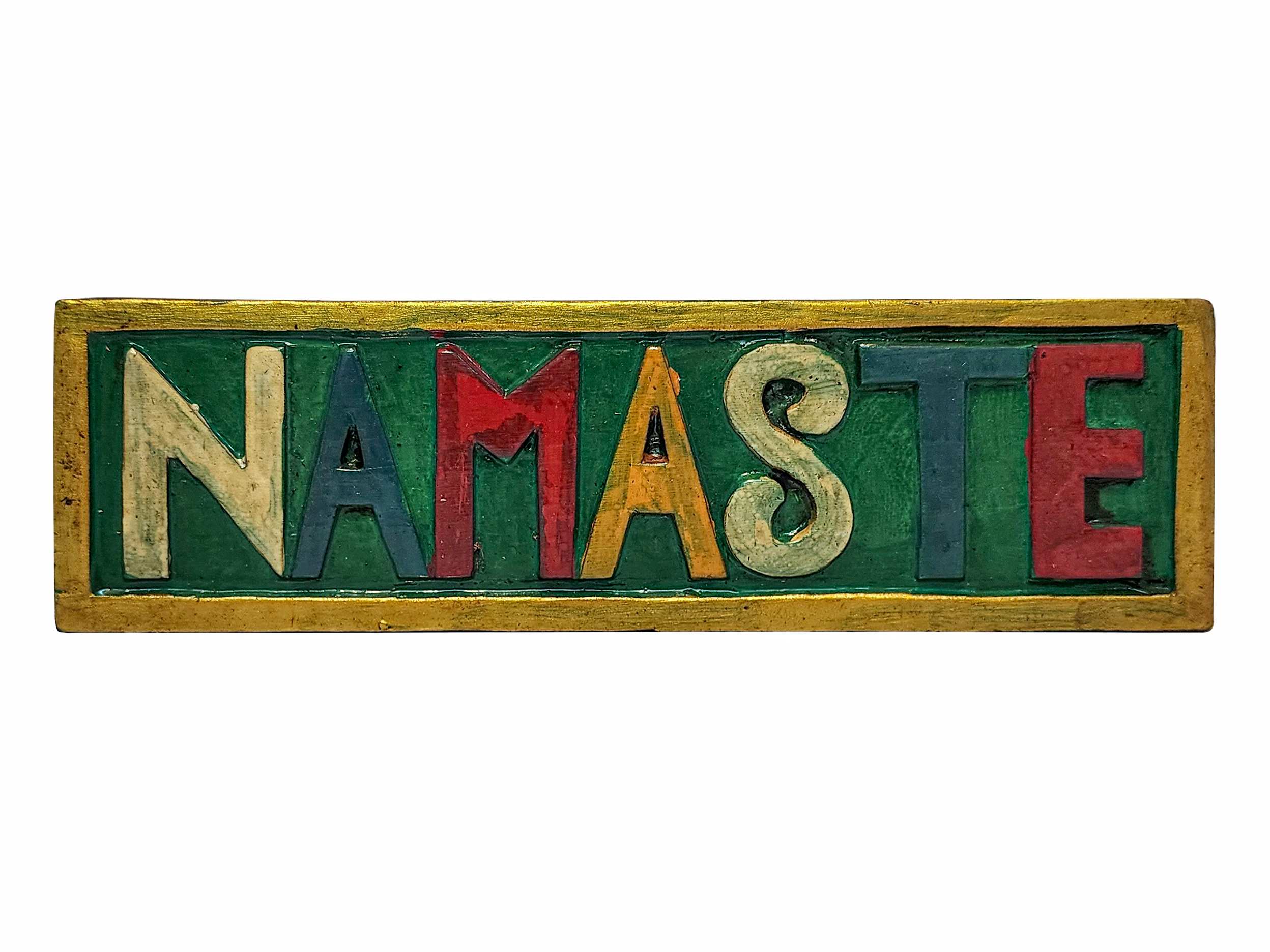 Namaste Carved, Handmade Wall Hanging,
Namaste Carved, Handmade Wall Hanging, 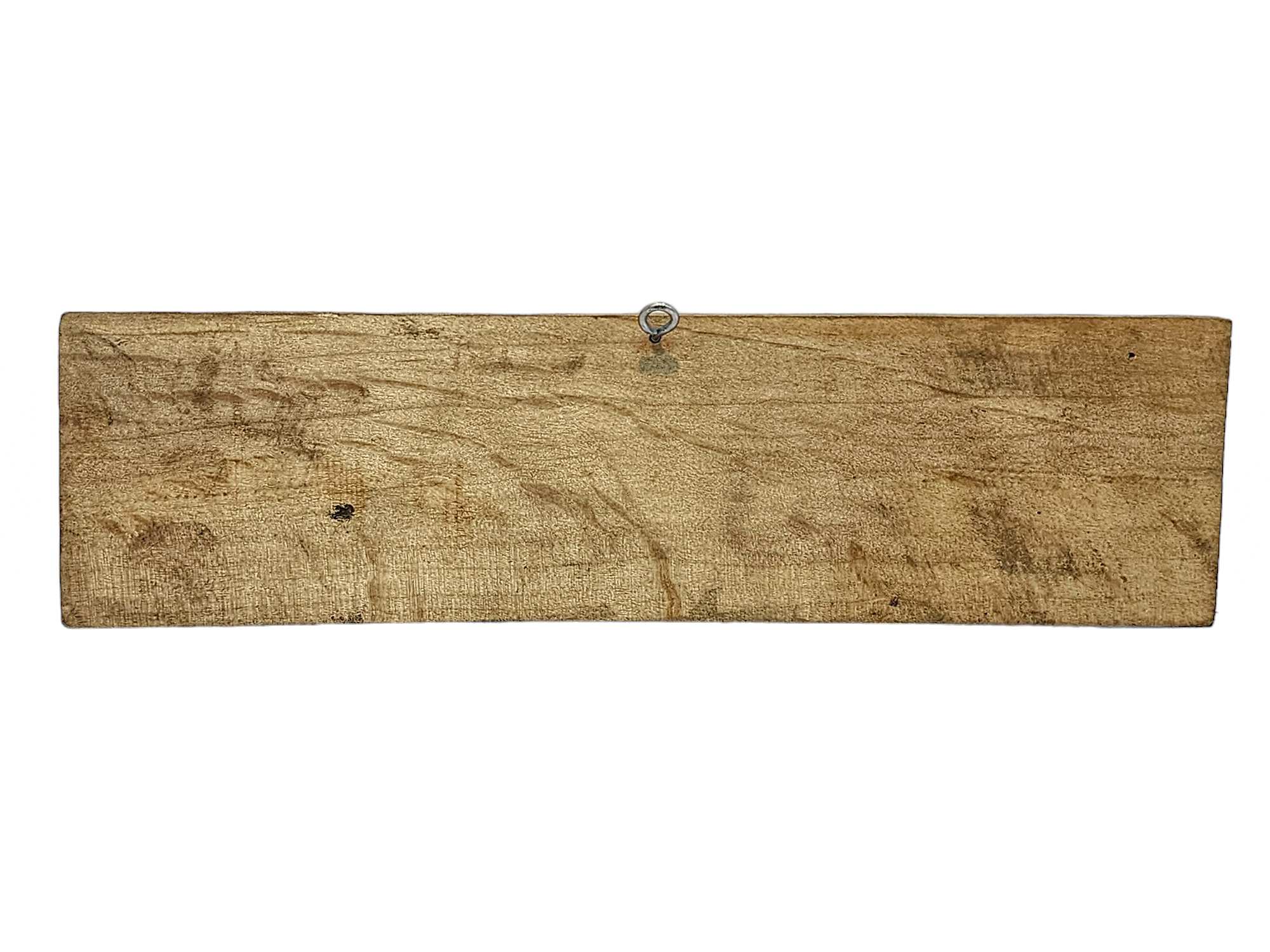 Namaste Carved, Handmade Wall Hanging,
Namaste Carved, Handmade Wall Hanging, 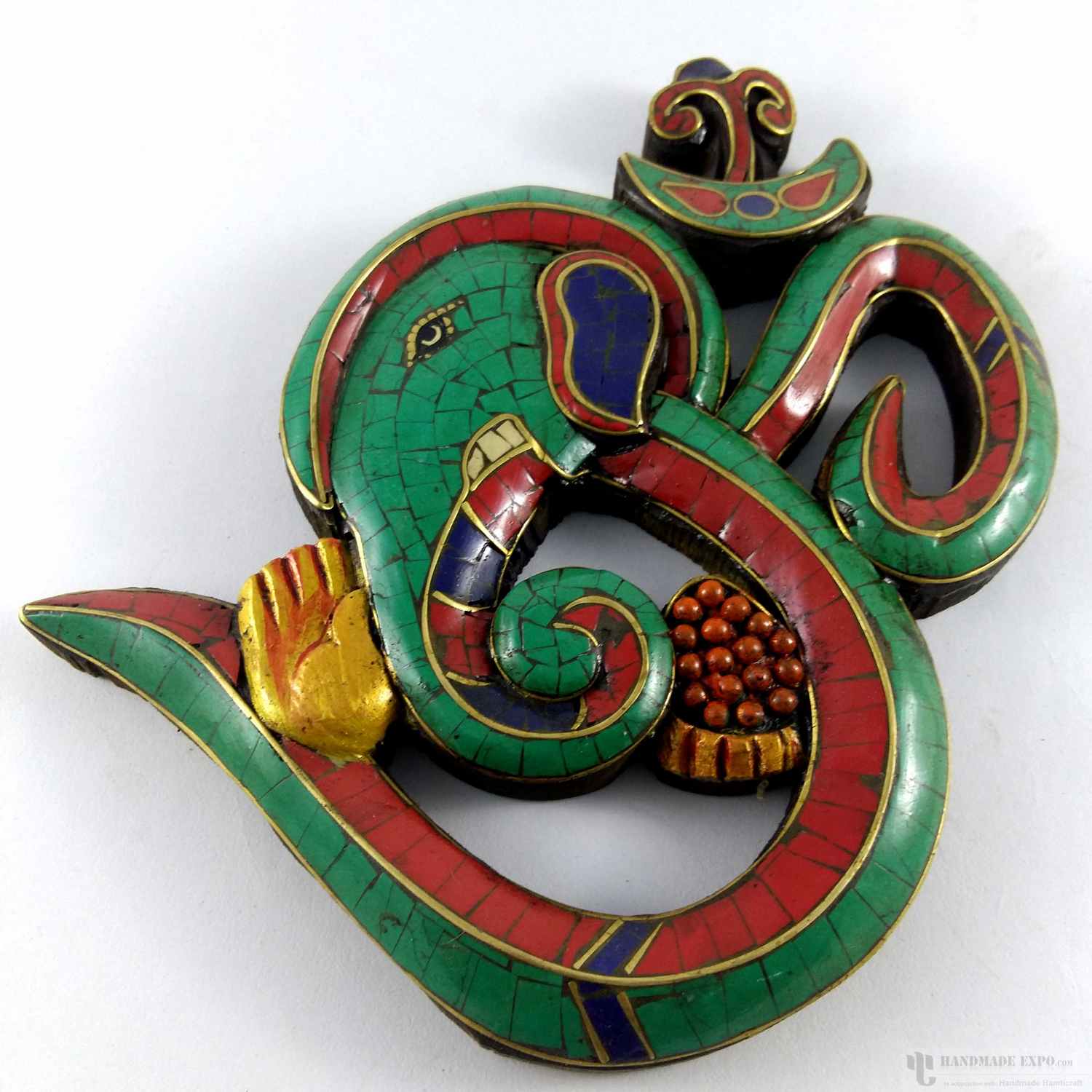 Small Ganesh Om - Lapis
Small Ganesh Om - Lapis 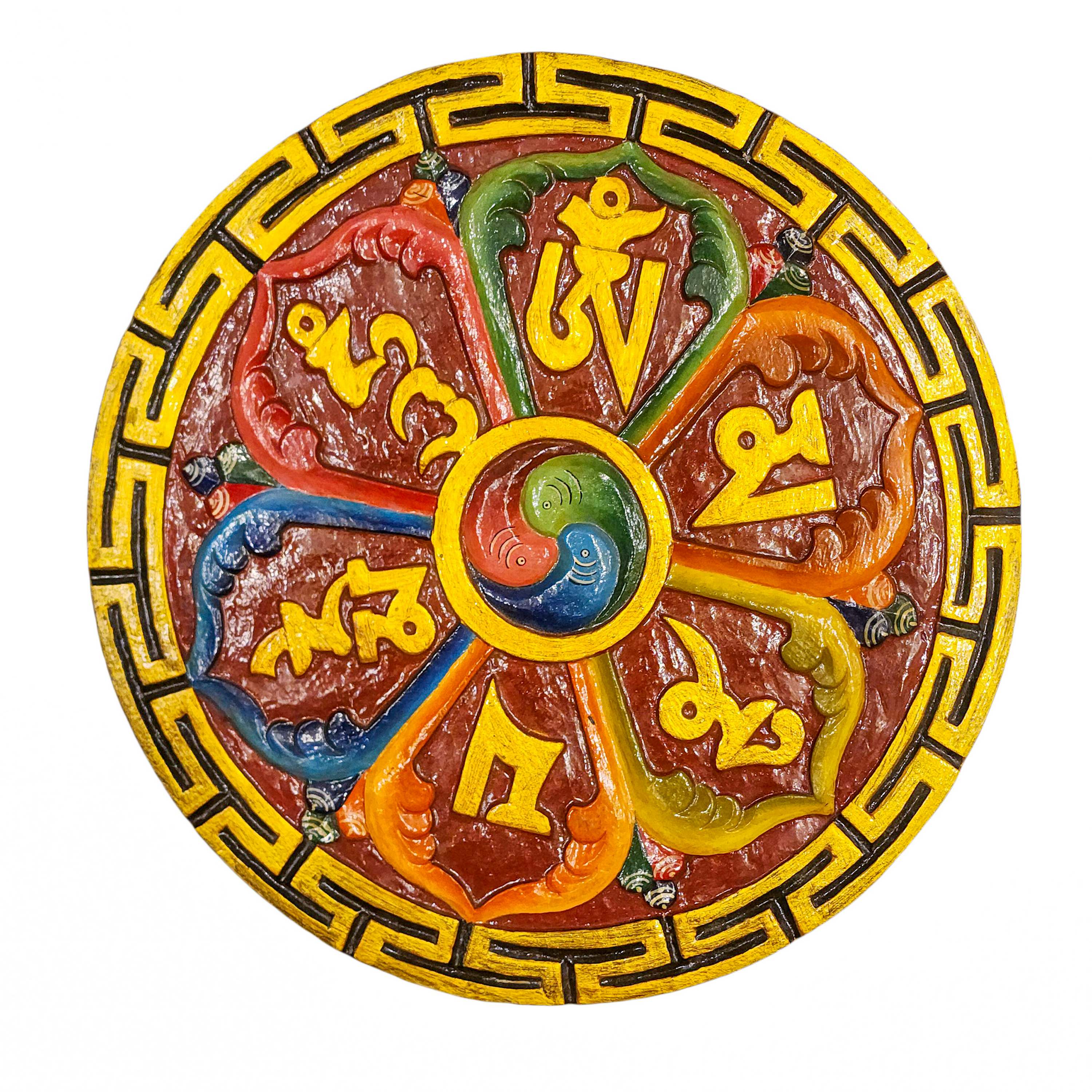 Omph, Traditional Tibetan Wall Hanging" title="
Omph, Traditional Tibetan Wall Hanging" title="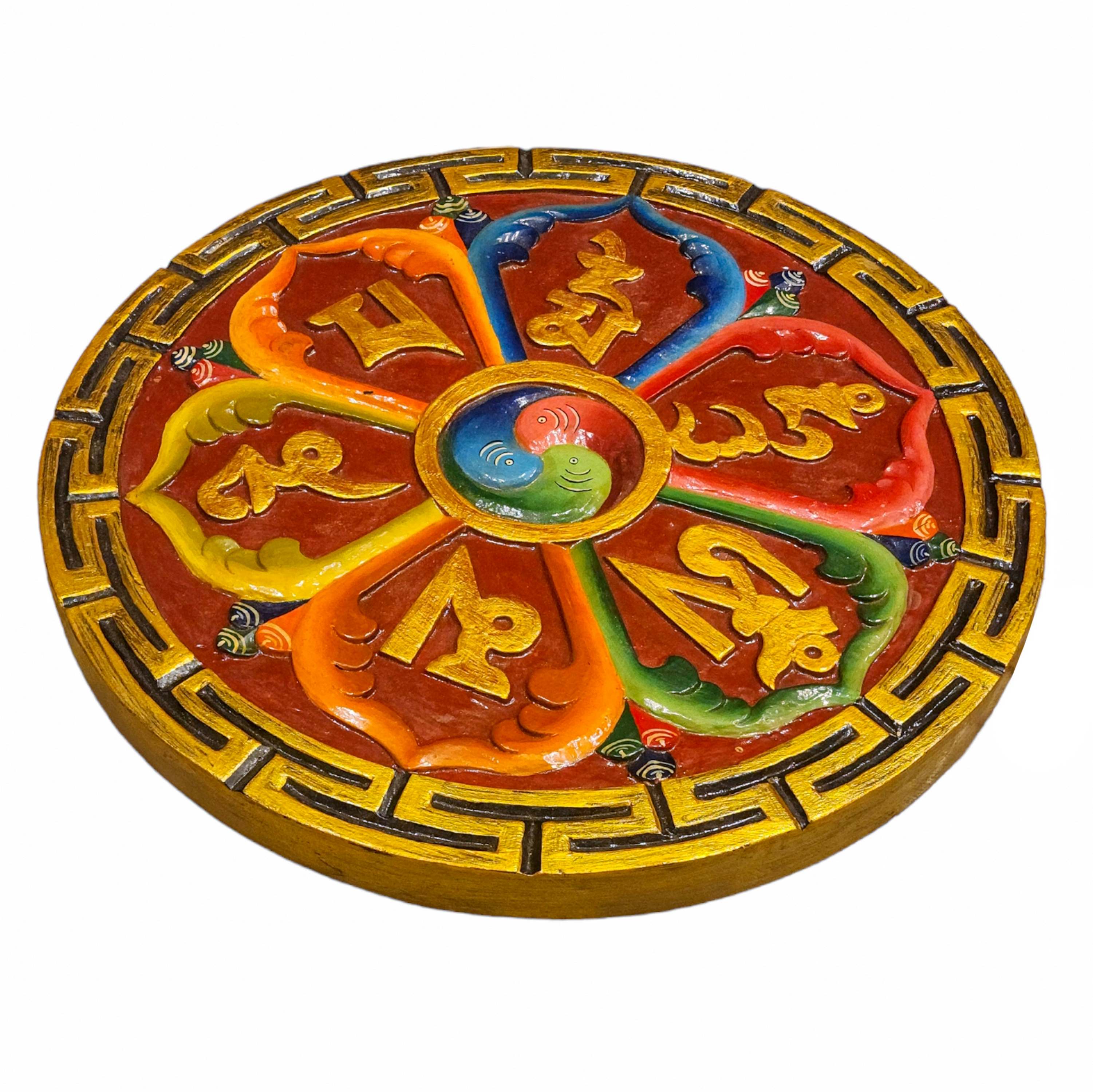 Omph, Traditional Tibetan Wall Hanging" title="
Omph, Traditional Tibetan Wall Hanging" title="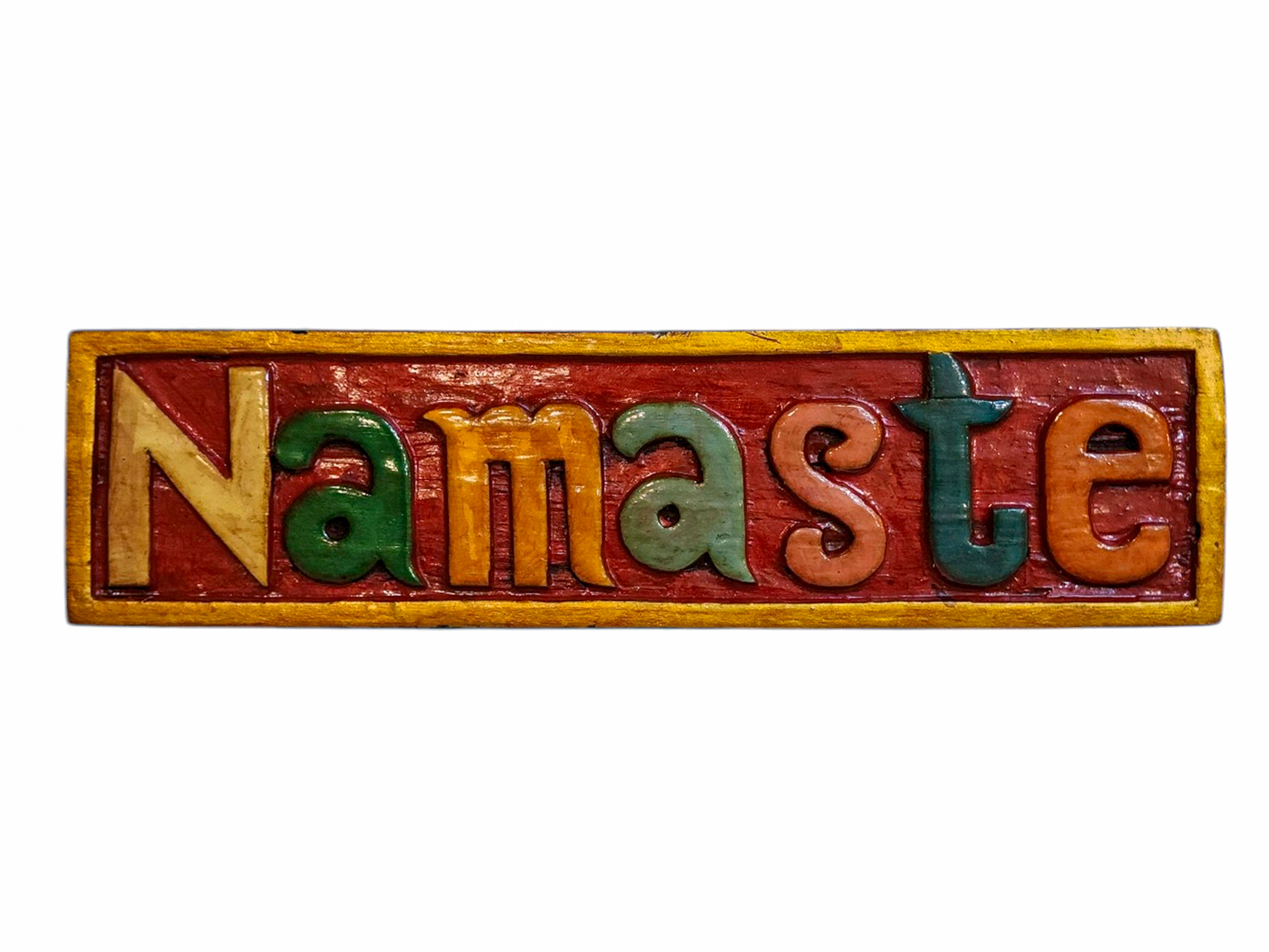 Namaste Carved, Handmade Wall Hanging,
Namaste Carved, Handmade Wall Hanging, 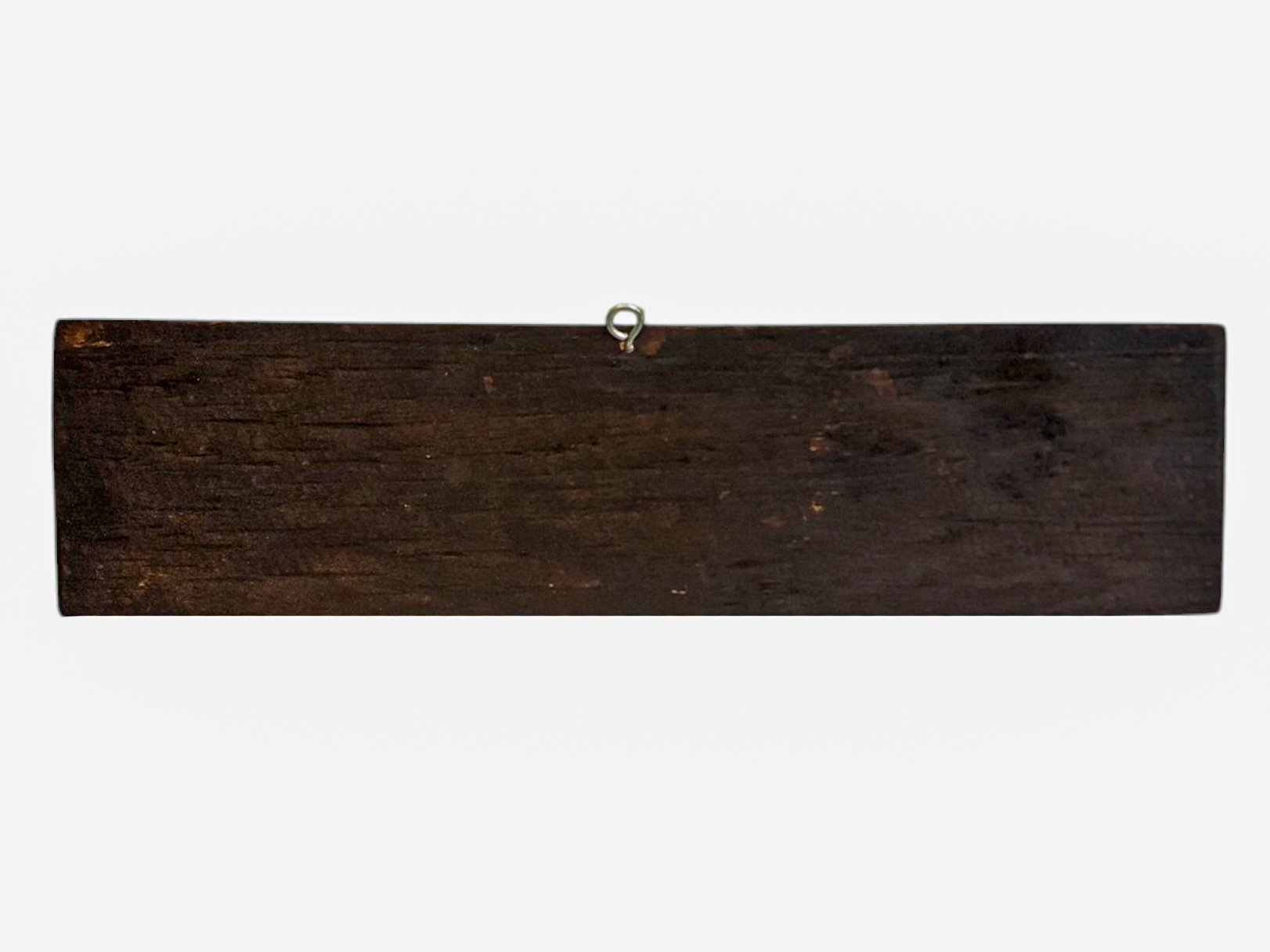 Namaste Carved, Handmade Wall Hanging,
Namaste Carved, Handmade Wall Hanging, 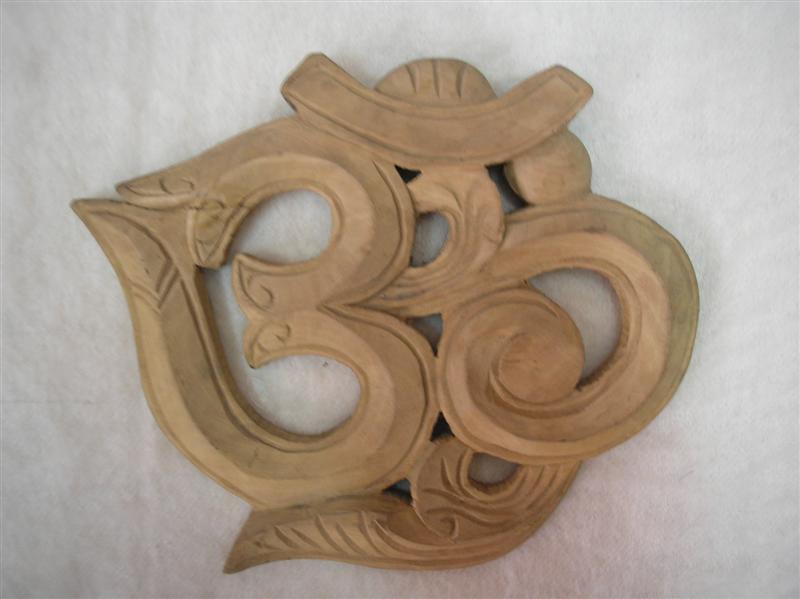 Natural Wood, Haldu Wood" title="Wooden Hand Carved Om,
Natural Wood, Haldu Wood" title="Wooden Hand Carved Om,